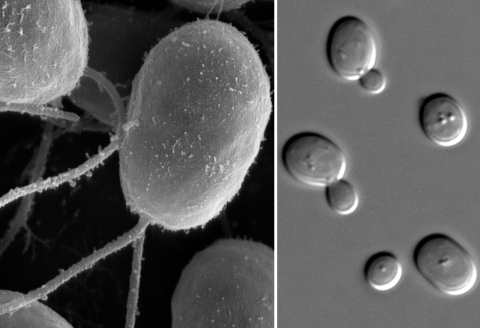
Anyone who has been reading this blog for a while knows that I am fascinated with mutualism – the phenomenon whereby organisms of different species live together in a mutually-beneficial way (see here, here, here, here, and here, for example). I think it is probably a glimpse of what nature was like before the Fall. Based on what I see in mutualism, I think that lots of species were designed to cooperate with one another, and many of the pathological relationships we see today are corrupted versions of previously-beneficial ones.
Evolutionists have a different view, of course. The generally-accepted view is that mutualism starts out with one species trying to exploit another species. Here, for example, is how the text Symbiosis: An Introduction to Biological Associations, Second Edition puts it:1
Indeed, it is difficult to conceive of two organisms starting out in a mutualistic association. Most mutualistic symbioses probably began as parasitic ones, with one organism attempting to exploit another one.
To be fair, the authors of this text do allow for another option. There are some relationships between organisms that seem neither harmful nor beneficial. Barnacles that live on whales, for example, seem to neither harm nor help the whales in most cases. These kinds of relationships are called commensal, and the authors allow for mutualism to start out as a commensal relationship and then evolve into a mutualistic one.
The key, however, is the first sentence in the quote. They say it is difficult to conceive of two organisms starting out in a mutualistic relationship. Why? Because evolutionists cannot allow for a grand design in nature. They can’t look at the relationships in an ecosystem and see how they fit together in an overall plan. Instead, they have to imagine some scenario in which relationships are cobbled together by selfish organisms that are only concerned with their own survival. If organisms live in a mutually-beneficial relationship today, it is only because they evolved together (in a process called coevolution) from a negative relationship or at least a relationship that didn’t begin as a mutually-beneficial one.
A new study indicates that at least in some cases, this evolutionary-inspired idea is wrong.




